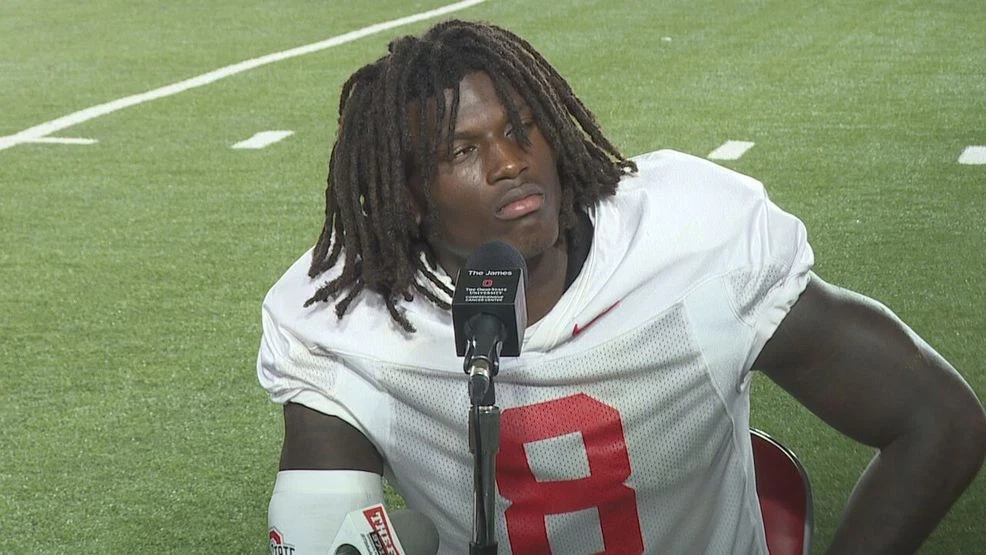On a play-by-play basis, few moments in sports rival the intensity of overtime in college football. The structure is uniquely thrilling, forcing teams into a high-stakes exchange of possessions. Yet, for casual viewers or newcomers, the format can seem unclear, especially with rule changes over the years. Here’s how it all works.
The Origin of Overtime in College Football
Before the 1995 season, college football games that ended in a tie simply stayed that way. That changed with the 1995 Las Vegas Bowl when Toledo defeated Nevada 40-37 in the first official overtime period. The following year, overtime was formally adopted for all FBS games, remaining mostly unchanged until updates in 2019 and 2021. Despite these revisions, the general structure has stayed consistent.
Understanding the Basic Format
A tie at the end of four quarters triggers overtime. Unlike the NFL, both teams get a possession, starting from the opponent’s 25-yard line. The team with more points after each overtime wins. If it’s still tied after the first period, they go again under the same format. After two rounds, the setup changes to 2-point conversion attempts by each team until a winner is decided. Importantly, there is no game clock during college football overtime; only the play clock is enforced.
Academic Help For College Athletes
For students balancing classes and game day, time management can get tricky. If you’re ever stuck on a deadline and think, “I need someone to help me write my research paper,” resources like DoMyEssay are available to support your academic goals. It’s all about staying on top of both your education and your passion for football.
Who Gets the Ball First?

After regulation, a coin toss determines possession. The visiting team calls heads or tails. The winner decides whether to start on offense or defense or pick the side of the field. Most teams opt to defend first. That way, they know exactly what’s needed when it’s their turn. If the opposing team scores a touchdown, the second team knows a field goal won’t be enough. If there’s no score, even a field goal can secure the win.
The Second Overtime: What Changes?
In the second overtime, each team still starts from the opponent’s 25-yard line. However, a key rule kicks in: if either team scores a touchdown, they must go for a 2-point conversion. This was updated in 2021 to limit prolonged overtimes. The tweak encourages quicker results while maintaining the integrity of competition.
After Two Overtimes: 2-Point Showdown
If the score remains tied after the second period, the structure changes completely. Teams no longer start from the 25-yard line. Instead, each team alternates 2-point conversion tries. This continues until one team scores and the other doesn’t. This format was first introduced in 2019 and modified two years later, moving the 2-point-only setup to begin with the third overtime instead of the fifth. This shift followed marathon games like the seven-overtime Texas A&M vs. LSU clash in 2018.
Can Games Still End in a Tie?
No. Since overtime rules were instituted, ties have been eliminated from the sport. Games continue until one team outscores the other during any given overtime round. This is a notable contrast from the NFL, where ties are still possible under certain conditions.
Summary of College Overtime Rules
First Overtime
- Both teams start at the opponent’s 25-yard line
- One possession each
Second Overtime
- Same structure as first
- Mandatory 2-point try after touchdown
Third Overtime and Beyond
- Teams trade 2-point conversion attempts until a winner emerges
These college football overtime rules aim to strike a balance between fairness and game length. With each possession holding high value, it’s a format that rewards preparation and execution. For fans, it delivers some of the most unforgettable moments on the field.





